External Changes of Šiauliai City
It can be stated that the damage made by occupations to the city was beneficial: it was an impetus to start the renovation of the city’s infrastructure. Šiauliai municipality started promoting the city’s inhabitants to build two-three-storey brick buildings in the city centre. At the same time, old buildings that did not match the newly developed image were demolished. This way the city centre was cleared out of wooden straw-roofed buildings, initiating the development of the picture of the modern city. St. Peter and Paul’s Orthodox Church also appeared among the buildings to be demolished as it did not match the spirit of that period. After the land plot belonging to this church was taken over by the municipality, it was dismantled and moved to another place so that the square located in its former place could be later attached to the newly formed central square of the city. Markets in Šiauliai used to be in two places of the city: near the city’s slaughterhouse, where the so-called horse market would rally (people traded in animals, fodders, firewood, etc.) and near the city’s main market square, where food and other products were sold in the so-called ‘bobturgis’ (women’s market). Since old times, the main market was located in the very heart of the city, on the square near St. Peter and Paul’s Church, which was very unacceptable for the authorities because this was spoiling the aesthetic image of the modernizing city. No place for the market was found in the newly constructed central city square and the market was moved further away from the centre. Since then, the city centre has had place only for the city’s public events and for the events of state significance.
This way, the creation of new public spaces was begun in Šiauliai. Another such public space was given to the municipality as a gift from the local industrialist count Vladimiras Zubovas. It was his Didždvaris park, which, slightly extended turned into the city’s garden or the place where townspeople and guests could spend their free time. It was equipped with two tennis courts open to townspeople and guests.
A number of architectural monuments were presented to the city by talented architects Karolis Reisonas and Vladas Bitė, who lived in Šiauliai in the interwar period and were modern visionaries of their generation. Their most prominent buildings of the interwar period were the buildings of the county municipality, patient funds, the post office, the district court, Bronius Poška’s block of flats, Antanas Juška’s house, the new building of Šiauliai ‘Aušra’ Museum on Aušra Avenue, etc. The city was both reconstructed and modernized: new streets were built and the old ones were broadened, sewage and water supply pipes, telephone lines were laid, electrical wires were equipped. The municipality was discussing where to get enough electricity to meet the city’s needs and decided that the capacity of the private power plant that belonged to Ch. Frenkelis’s enterprise would be insufficient. Then the decision was made to build a thermal power station. This was done by the company of American Lithuanians under the order of city authorities. The company leased the right to use this power plant to the municipality, which eventually took over full control of the power plant. The thermal power station, built in Bačiūnai, near Lake Rėkyva, generated energy that was sufficient both for the needs of Šiauliai (illuminated streets, squares, electrified buildings) and Radviliškis, located nearby. After several years, when one more power station near Lake Rėkyva sprang, there was enough energy not only for Šiauliai but also for the whole region, and due to developed electrification capacities electricity for Šiauliai inhabitants became the cheapest in all Lithuania.












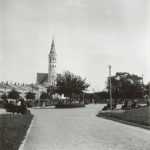
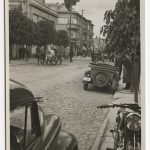
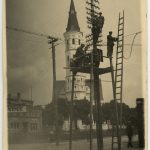
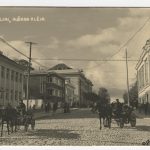
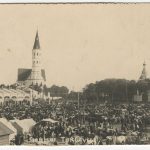

Leave feedback